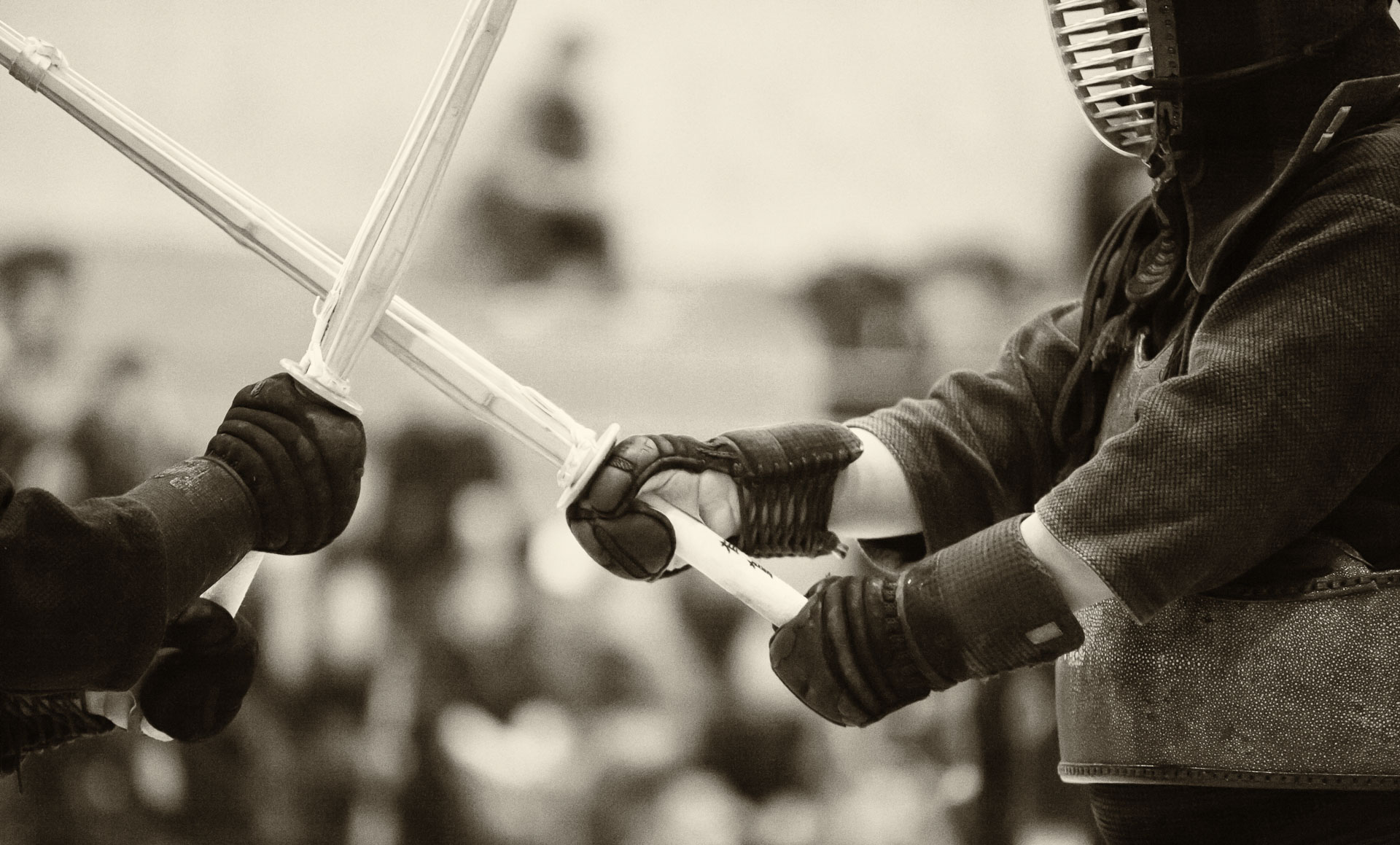
This is the ink of the third panel of page 7 of my manga book on fluids. While researching the story, I found some interesting info on how detectives actually measure objects in photos, where no obvious reference length is shown. The size of a human iris, apparently, is a fairly constant reference. Here, one of the main characters, Ariadne, explains this.









